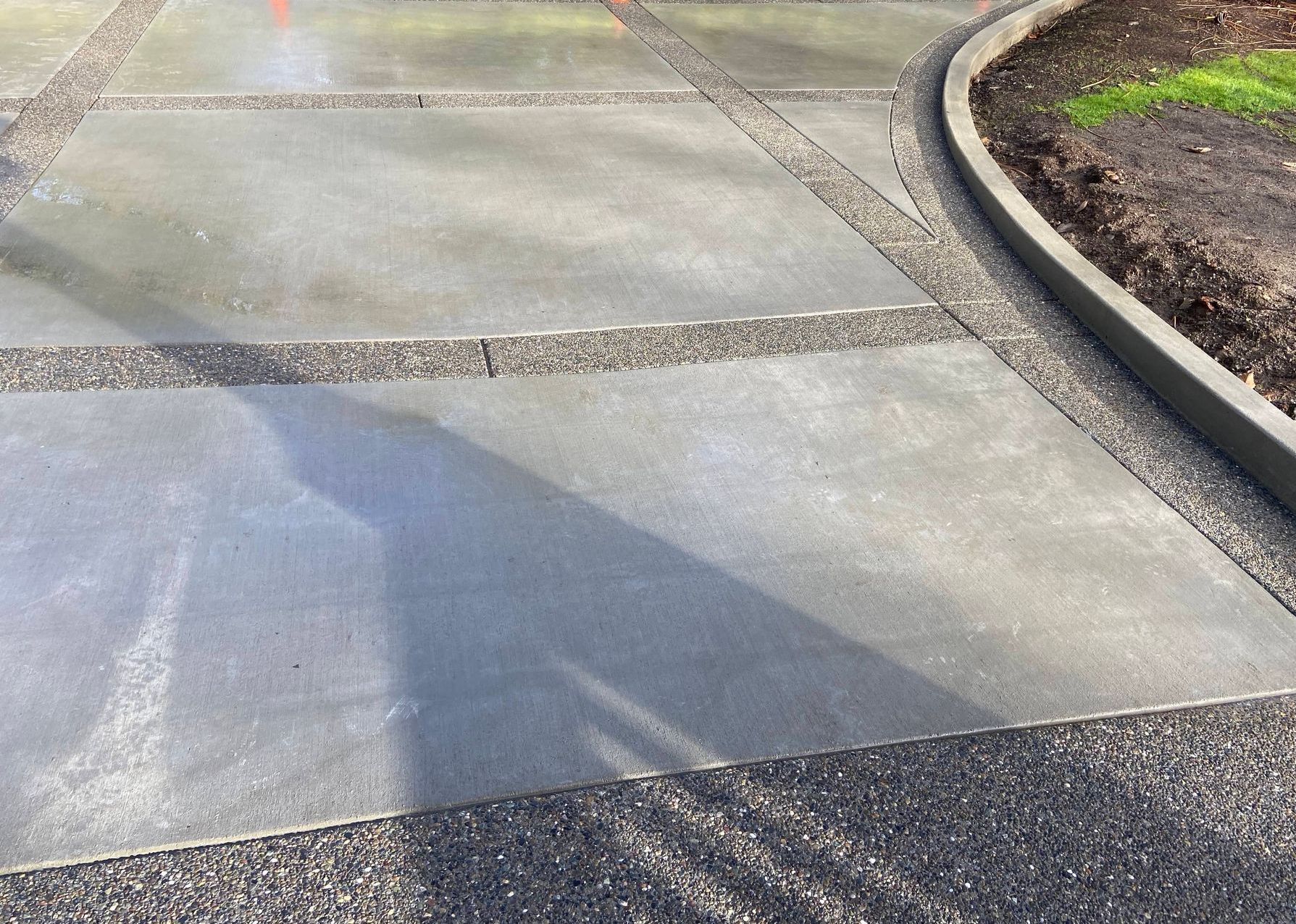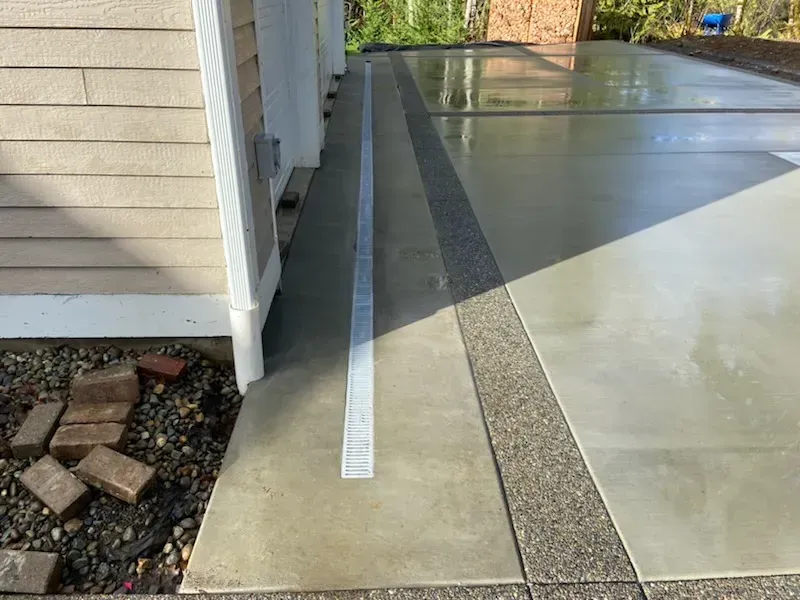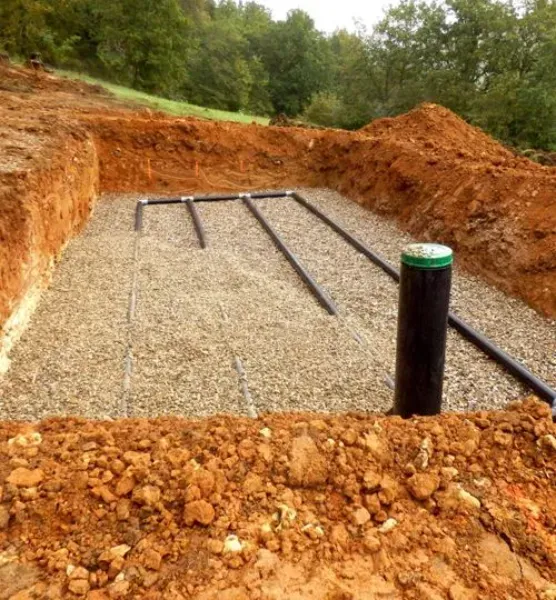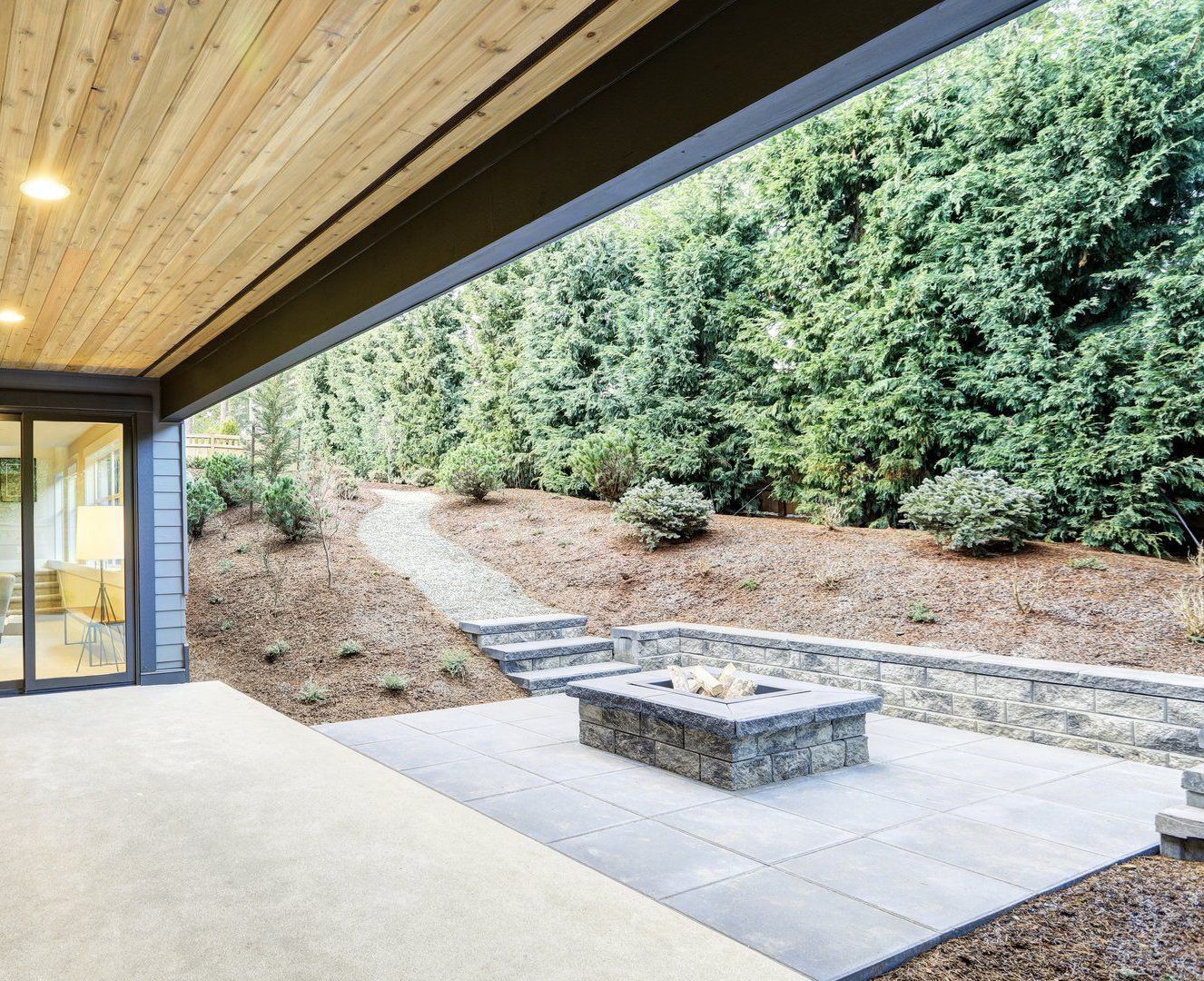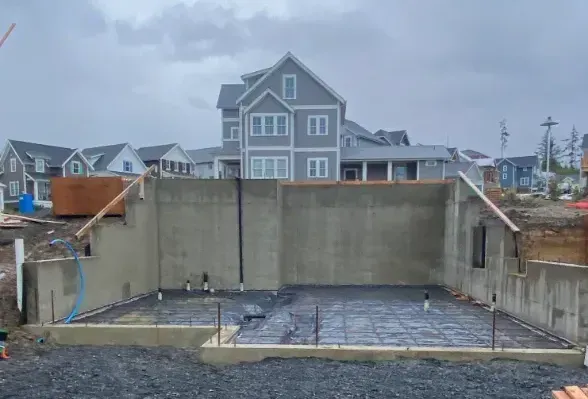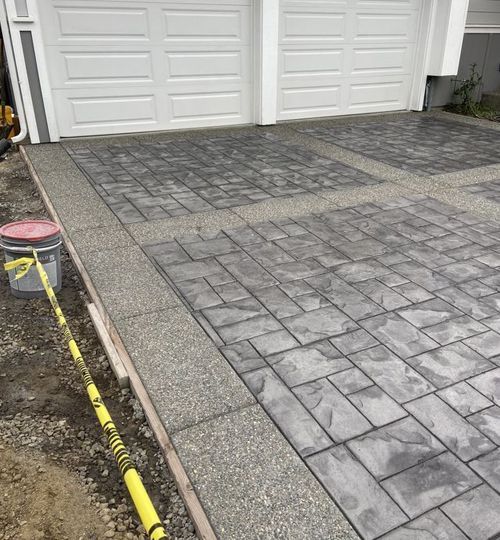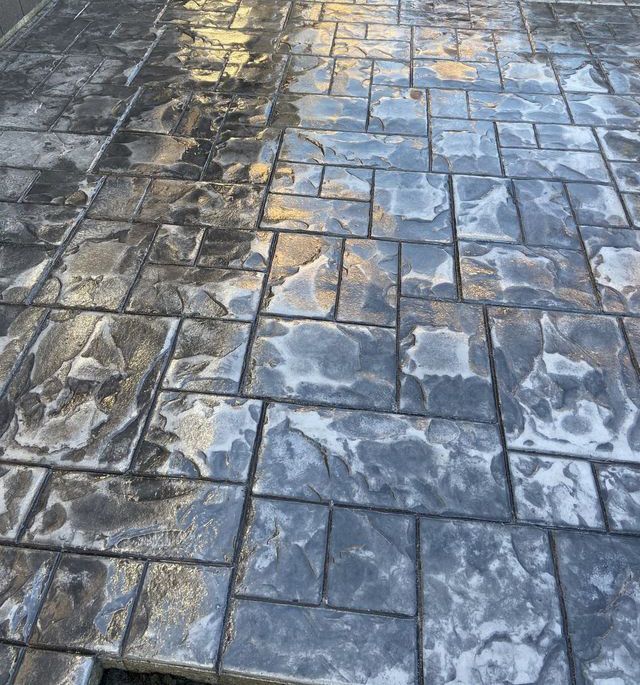1363 Old Israel Rd SW , Tumwater , WA 98512
How to Choose the Right Drainage System for Your Property
Why Choosing the Right Drainage System Matters
Let’s face it—water is great for drinking and gardening, but too much of it in the wrong place? That’s a disaster waiting to happen. A solid drainage system keeps rainwater from pooling around your home, which can lead to serious headaches like flooding, mold, and even structural damage. You wouldn’t let your bathtub overflow every day, right? Same goes for your yard.
But the benefits go beyond just avoiding soggy grass. Proper drainage protects your home’s foundation, keeps your landscaping looking sharp, and can even bump up your property value.
Think of it like insurance for your yard. With the right system in place, your property stays dry, safe, and attractive—rain or shine.
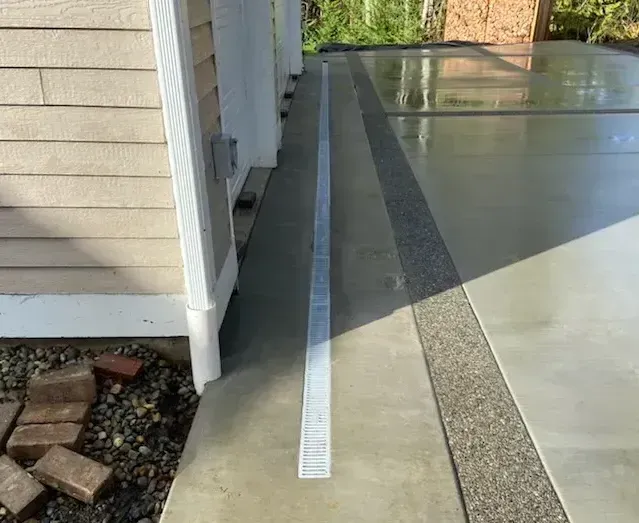
Understanding Your Property’s Drainage Needs
After a good rainfall, grab your coffee and take a little stroll around your yard. See any puddles that stick around longer than they should? Notice muddy patches or eroded areas? That’s your property telling you something’s off. These are the trouble spots where water is getting trapped instead of flowing freely.
Also, pay attention to where the water naturally goes. Is the slope directing water toward your home or away from it? Understanding your yard’s natural water patterns is the first step toward choosing a system that works, not fights, with nature. The more details you notice, the better equipped you’ll be to plan an effective drainage fix.
How Soil Type Affects Drainage System Selection
Not all dirt is created equal. If your soil is sandy, water drains fast—but maybe too fast, causing erosion. Clay soil is the opposite: it holds onto water like a sponge, making your yard soggy and slow to dry. Loamy soil? Think of it as the perfect soil balance—not too quick to drain, not too slow to absorb.
Want to know what you’ve got? Try this simple trick: grab a handful of damp soil, squeeze it, and open your hand. If it crumbles, it’s sandy. Clay sticks in a tight clump, while loam holds its shape but crumbles with ease. Knowing your soil helps you match the right drainage system and avoid problems down the road.
How Yard Slope Affects Water Flow and Drainage Efficiency
Water always flows downhill—it’s just physics. So, if your yard is flat or has awkward dips, you may need to give water a helping hand. Measuring your yard’s slope is easier than it sounds. Use a level, a string, and a couple of sticks. It’s like a backyard science experiment—with real benefits for your home.
If your yard is flat, French drains work wonders by channeling water underground. Sloped yards, on the other hand, can benefit from swales—gentle ditches that guide water naturally. Bottom line? Understanding your yard’s topography helps you choose a system that keeps your property high and dry.
How Climate Conditions Influence the Right Drainage System for Your Property
Where you live plays a huge role in what drainage solution you need. In rainy areas, trench or French drains are your best friends—they handle big volumes of water without blinking. In dry climates, the goal is to prevent erosion during rare but intense rainstorms. You need a drainage setup that reacts quickly when heavy rain hits.
Snowy regions? That’s a whole different ballgame. When temperatures keep shifting, outdated systems can really take a beating. Pipes can crack, and frozen soil can push water in all the wrong directions. A smart drainage plan defends your home through every season and storm.
Popular Types of Drainage Systems for Homeowners
Let’s break it down with some homeowner-friendly favorites:
- French Drains – A classic. These underground systems whisk away surface and groundwater before it can cause damage. Think of them as invisible gutters for your yard.
- Dry Wells – Basically a giant hole underground filled with gravel or stone that collects runoff water. Ideal if you can’t direct water off your property.
- Channel Drains – Perfect for driveways and patios. They sit flush with the surface and catch excess water before it pools.
Each has its strengths, and choosing the right one depends on your property, soil, and goals.
Pros and Cons of Surface Drainage vs. Subsurface Drainage
So what’s better—keeping your drainage on the surface or tucking it underground?
Surface Drainage
- Pros: Simple, affordable, and quick to install.
- Cons: May not look great and can disrupt your lawn layout.
Subsurface Drainage
- Pros: Hidden systems, handles large volumes of water.
- Cons: Costs more and usually requires a professional.
The truth is, the best systems use a natural flow with zero barriers. That means the water drains as quickly as it falls, keeping your yard safe and functional without overcomplicating things.
Tips for Maintaining Your Drainage System Long-Term
You wouldn’t skip brushing your teeth for six months, right? Same idea here. Drainage systems need regular care to work their best. For surface drains, make it a habit to clear out leaves, dirt, and debris. Clogged drains can cause backups that undo all your hard work.
For underground systems, a yearly checkup is smart. And after any major storm, give everything a once-over. A professional inspection now and then can spot little problems before they become big messes. Think of drainage upkeep like daily hygiene—routine care now prevents costly issues later.
Top Drainage Errors Homeowners Make—and How to Prevent Them
It’s easy to get drainage wrong if you don’t know what to watch for. One big mistake? Ignoring your yard’s slope and water flow. Another is using a drainage system that doesn't match your soil type—like putting a bandage on the wrong spot.
But perhaps the biggest slip-up is forgetting maintenance. A clogged or damaged system can cause worse problems than having no system at all. Avoiding these errors will save you a ton of time, stress, and money in the long run.
A smart system only works if you treat it right.
Signs It’s Time to Hire a Drainage Expert for Installation
There are times when only a professional can get the job done right. If you’ve got standing water after a light rain, soggy spots that never dry, or cracks forming in your foundation, it’s time. These aren’t just annoyances—they’re warning signs.
Professional installers bring the right tools, the right materials, and most importantly, the experience to do the job correctly. You’ll get warranties, long-term peace of mind, and a drainage system that truly fits your property. In the end, good advice always costs less than a big repair.
Ready to protect your property and keep things dry all year long? Get in touch with Northwest Concrete in Tumwater, WA—call 360-529-9961 today. We’ll help you find the perfect drainage system—and install it right—the first time. Let’s make your yard a place that works with the weather, not against it.
